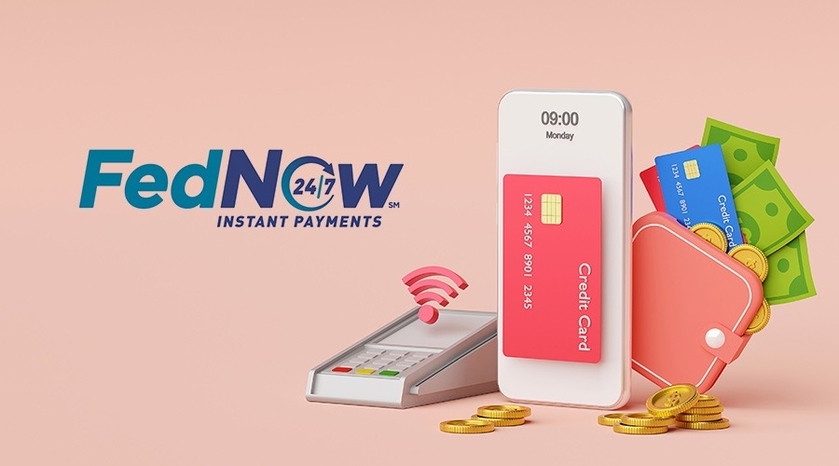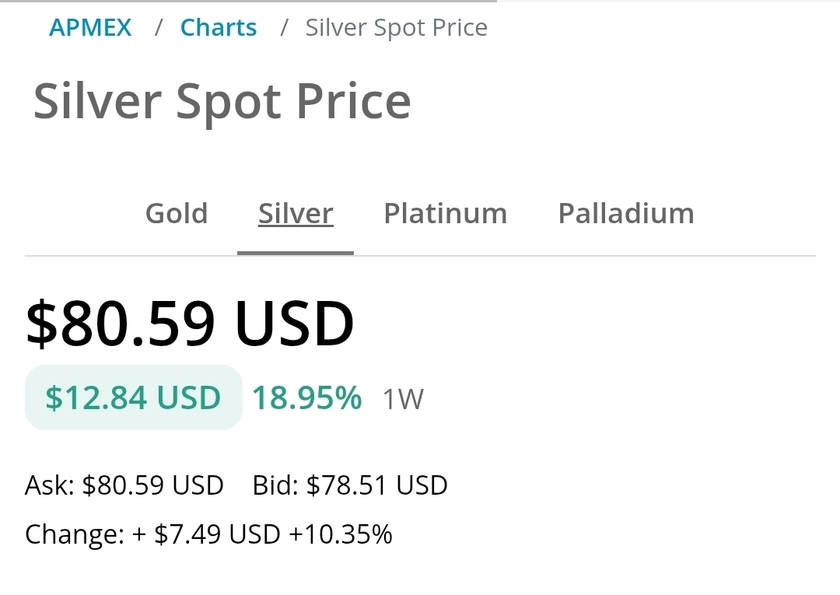When the Federal Reserve launches its real-time payments network, FedNow in July, it will be a major catalyst for growth in instant payments, said ACI Worldwide in a recent announcement.
Real-time transactions in North America are expected to grow from 3.9 billion in 2022 to 13 billion by 2027, a compound annual growth rate of 27.3%, it added. But that will still leave North America well behind the rest of the world.
“As a proportion of electronic payments, RTPs are forecast to be just 5% by 2027 in North America — lower than in all other global regions: Europe (13%), Asia Pacific (APAC – 12%), Middle East, Africa and South Asia (MEASA – 79%) and Latin America (LATAM – 56%),” ACI Worldwide’s summary said.
“Several of the leading economies are distinct laggards in moving to real-time payments. The U.K., Canada, the U.S., Germany, France and Italy — all top 10 global economies by GDP — are forecast to place 17th, 19th, 33rd, 34th, 35th and 42nd, respectively, for consumer adoption in 2027,” it said. Four other European economies in the global Top Ten — Netherlands, Sweden, Denmark and Finland —are doing much better in the path to real-time consumer adoption by 2027. The global leaders in consumer adoption are Bahrain, Brazil and Thailand.
Craig Ramsey, global head of real-time payments and banking at ACI Worldwide, said that those three countries at the top of the league table, are all relatively recent enablers of real-time payments. They achieved widespread adoption through combined efforts.
“Concerted industry collaboration and government mandates, widespread merchant adoption, strong brand recognition for a scheme, and related services, such as digital wallets, have provided the perfect combination for strong growth in these markets,” he said.
Government mandates are key to real-time growth
Governments have played key role in countries that have moved to real-time payments, he added. If you look at places like Brazil, they told their banks that every bank with more than 500,000 deposit accounts must offer instant of payments to their customers. The U.S. by contrast has never mandated that banks offer real-time payments, and the major banks had resisted moving to real-time for years. Now the U.S. the plan to launch FedNow in July is “a highly significant event in a market where regulators tend to lean toward non-intervention,” said the ACI announcement with considerable understatement.
Thomas Warsop, interim president and CEO at ACI Worldwide, said real-time payments are the future of modern, digital economies. “Governments and regulators around the world are beginning to understand this and increasingly see them as a path to drive economic growth and financial inclusion,” he added.
The Fed’s years-long delay in launching real-time payments has been costly for U.S. consumers. An August Wall Street Journal article carried a Brookings Institution estimated price for the delay.
“Aaron Klein, a senior fellow at the Brookings Institution, said the Fed’s slowness in setting up FedNow—the project has been in the works for more than seven years—has cost consumers hundreds of billions in the form of overdraft fees, check-cashing fees and late fees.”
Fed real-time payments will have wider reach than TCH
The Federal network will be available to every bank and credit union in the country. Ramsey said FedNow will attract smaller banks and credit unions which didn’t join the Real Time Payments (RTP) network offered by The Clearing House. In the past, regional and smaller banks have shown a degree of suspicion toward The Clearing House, which is owned by very large banks. Ramsey thinks competitive pressure will lead banks to offer real-time payments as consumers and corporate customers vote with their feet and tell banks they want real-time payments as a service.
Eventually banks will also realize they can make money from real-time payments, he added. “It’s a different value proposition from ACH or a credit card, but there are certainly revenues attached to real-time payments,” he added. “We’ll be publishing materials in a couple of months about how to make profits out of instant payments.”
The larger business case of instant payments
“To remain in business,” he said. “Consumers and corporations want fast access to their money, and they want information. And if you don't provide those things in this modern digital world where we're all used to everything happening right now, you will see customers moving.”
He pointed to Venmo as an example. It offered immediate credit of payments to a receiver and took a lot of payments business away from banks before several banks banded together and created Zelle.
“Customers want to use banking services, but they if those banking services are out of date with the modern digitally economy, then they'll look elsewhere.”
The FedNow network will benefit from The Clearing House’s already established real-time payments network, he said.
“The Clearing House has done a phenomenal job, they moved the dial in the U.S and started that momentum, and now the Fed can go live on the basis of that. I think as a result the FedNow will be more successful than if it tried to launch without the basis of The Clearing House.”
Interoperability of the new systems is still an unknown. ACI can take a payment from one and issue it on the other, he added. Although the leading banking platforms such as FIS, Fiserv and Jack Henry, have offered a real-time way to access the RTP rails, Ramsey thinks many banks will prefer to use a separate application, such as ACI, rather than depend on their core banking provider.
Banks have a love-hate relationship, often more the latter than the former, with their core providers. They complain of inflexible software, delays in making updates, high fees for making changes, among other things.
“They are looking for solutions, for their payments that are not locked into their core banking providers,” said Ramsey. “They recognize the benefits of having a separate payments ecosystem to the core banking because it means that as payments change, they don't end up having to change the core as well. Our systems are core agnostic. We are quite happy to work with anyone's core.”
ACI provides both on-prem implementations and cloud, he added. While North America currently accounts for just 2% of all RTPs globally, it has the potential to develop into an extremely high-growth region in the future.




























